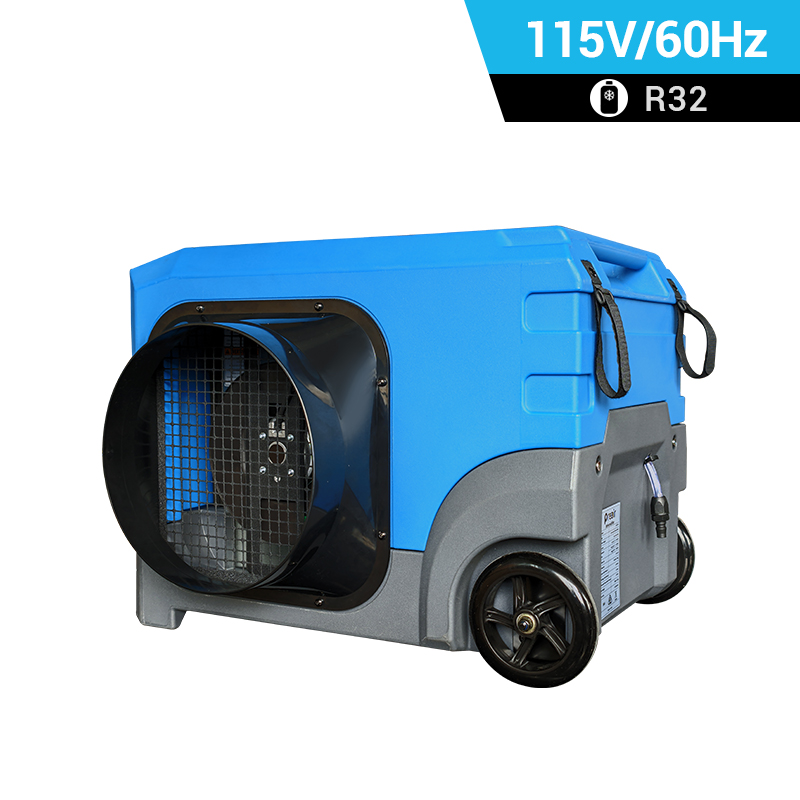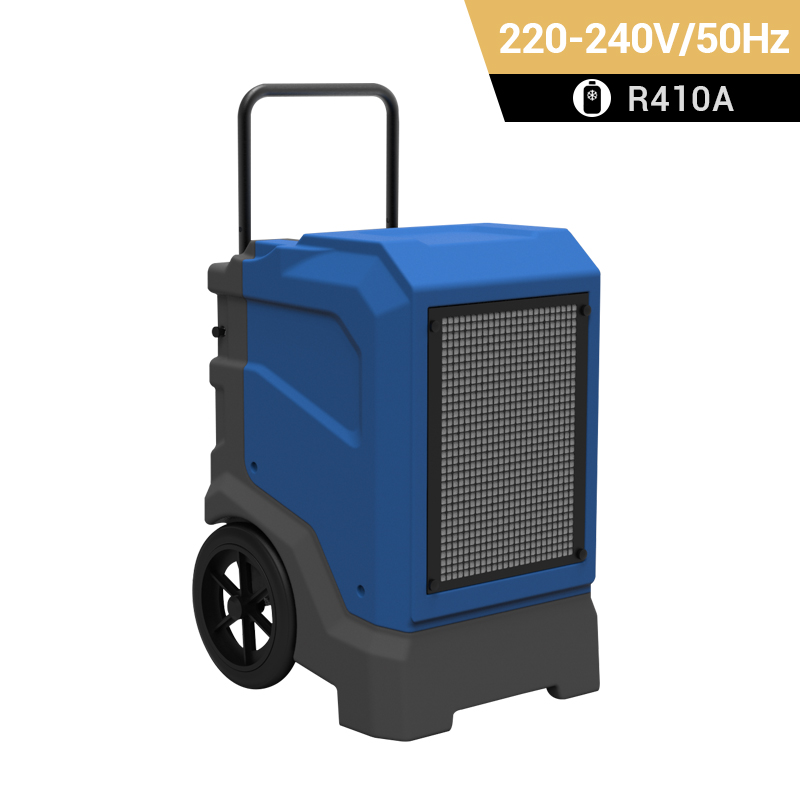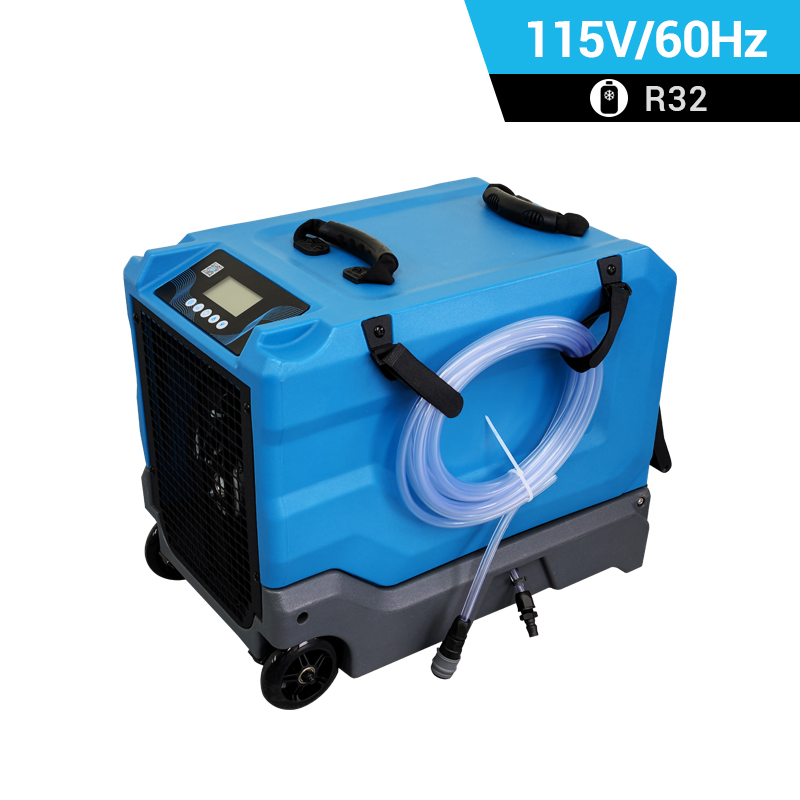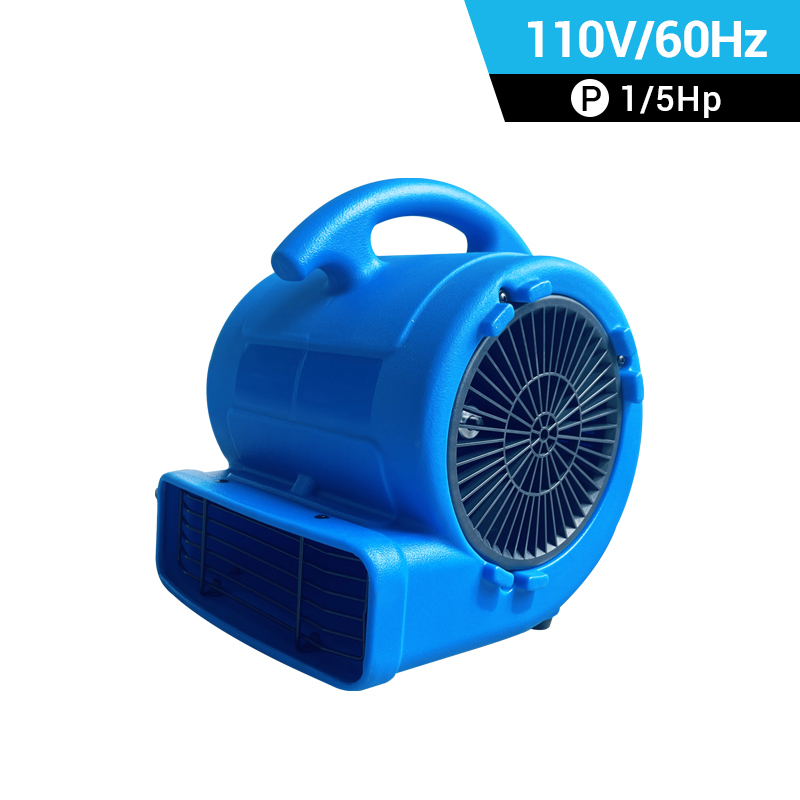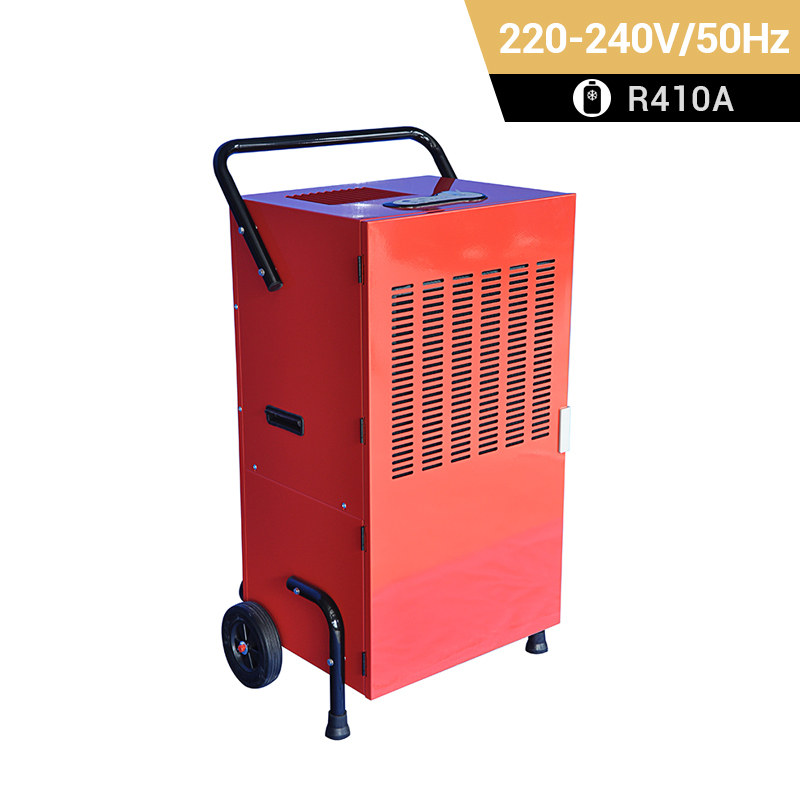 +86-13376814803
+86-13376814803  robert@hzhongtai.com
robert@hzhongtai.com
Heavy Duty Dehumidifier For Basement
In many homes, the room with the worst air quality is the basement. Not only is the air more polluted than anywhere else in the home, but air in the basement can rise to the rest of the house, spreading moisture along with mold, mildew, combustion gases, volatile organic compounds and other pollutants that can harm your health .
While the number of single-family homes with full or partial basements is declining nationwide, in colder regions most new homes still have basements. In New England, for example, 87 percent of new single-family homes built in 2013 had full or partial basements.
For homeowners with basements, here are four air quality hazards lurking in basements, and what to do about each:
Danger #1 – Moisture
Moisture: Moisture in your basement can lead to mold, and the best way to prevent mold growth is to control moisture. Unfortunately, wet basements are common. Sources of moisture include rainwater or groundwater infiltration through the concrete foundation, interior sources such as bathrooms and unvented clothes dryers, and moist air from the outdoors that condenses on cooler basement surfaces.
What to do
If moisture seeps into the basement, the soil around the exterior of the home may need to be regraded.
Check to make sure all downspouts and gutters drain at least four feet from exterior walls.
If your basement bathroom doesn't have a vent, consider adding a vent and fan that vents to the outside.
A high quality basement dehumidifier will help reduce moisture in your basement year-round.
Danger #2 – Radon
Radon is a naturally occurring, colorless, odorless, and tasteless gas that breaks down into radioactive elements that attach to particles in the air. Radon enters the home through cracks in the floor or walls of the basement or foundation. According to the U.S. Environmental Protection Agency, as many as 21,000 Americans die each year from lung cancer related to radon exposure.
What to do
Every home should be tested for radon and, if necessary, a qualified radon mitigation contractor should be hired to evaluate radon levels and perform any necessary remedial work.
Consider using a high-performance air purifier in your basement. Research from the American Association of Radon Scientists and Technologists shows that air filtration can significantly reduce radon.
Air filtration should not be considered a substitute for radon remediation.
Hazard #3 – Carbon Monoxide
Carbon monoxide (CO) is a highly toxic gas. It can be lethal at very low concentrations (300 parts per million). Carbon monoxide is a byproduct of combustion, so basement furnaces, water heaters, and other burning appliances can be sources of carbon monoxide. Typically, carbon monoxide is produced when appliances "suck back" when a range hood or other high-powered fan exhausts indoor air from the home above.
What to do
Prevention is the best strategy to prevent carbon monoxide from building up in your basement.
Have appliances like furnaces and gas water heaters inspected regularly by a trained professional.
Vent electrical appliances outside the house whenever possible.
Danger #4 – Insulation
Insulation is necessary regardless of whether the basement is finished or unfinished, as basements can generate up to 25% of a home's total heat loss. But insulation can also pose a risk to air quality and health, especially if it contains asbestos.
What to do
In older homes, be aware that insulation may contain asbestos.
If you suspect asbestos is in your basement and it's in good condition, your best bet is to leave it alone.
If repairs are required, they should only be done by professionals trained in safe methods of handling asbestos.
Another potential problem with insulation is air leakage, also known as infiltration, which means outside air is leaking into the home. Air barriers such as drywall must be in direct contact with the insulation or leaks will occur.
Related Products







